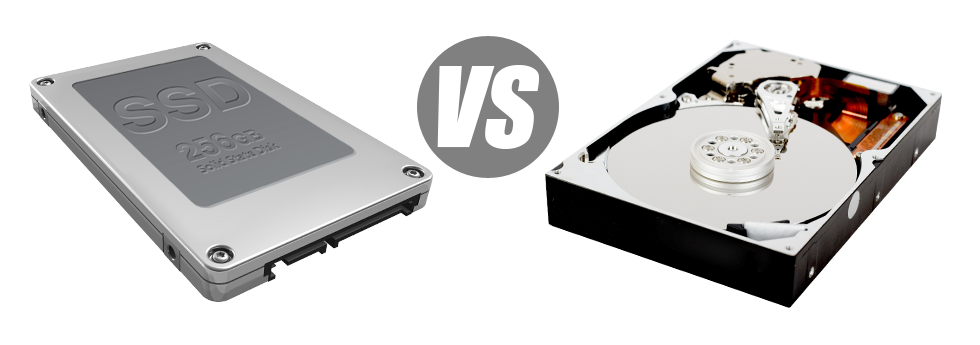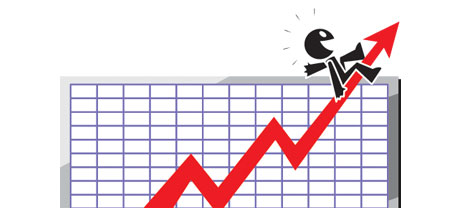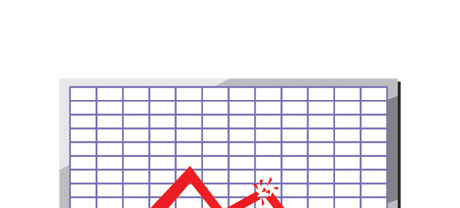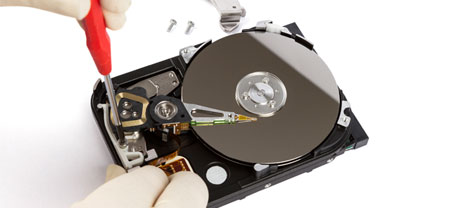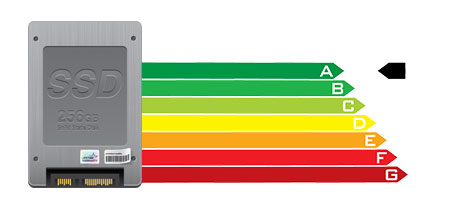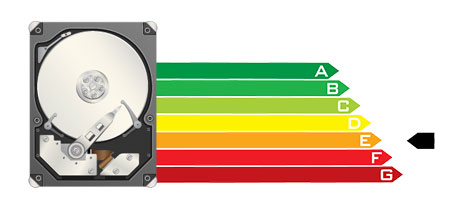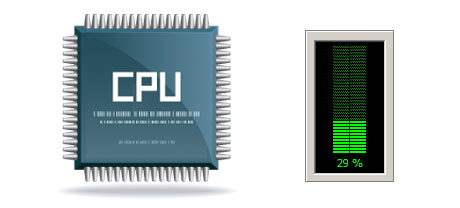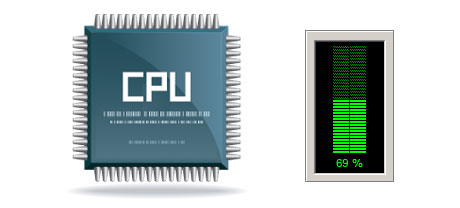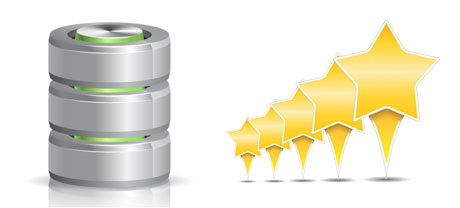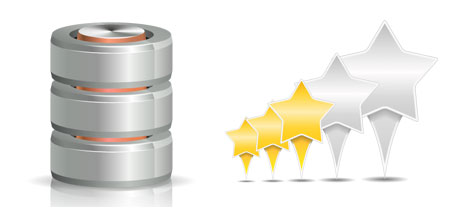For many years there seemed to be only one dependable method to store information on your personal computer – by using a disk drive (HDD). On the other hand, this type of technology is by now showing its age – hard disks are actually loud and sluggish; they are power–hungry and tend to produce a lot of heat throughout intensive operations.
SSD drives, on the contrary, are really fast, consume far less power and are also far less hot. They provide a completely new method of file accessibility and storage and are years ahead of HDDs when it comes to file read/write speed, I/O performance and also energy effectivity. See how HDDs fare up against the more recent SSD drives.
1. Access Time
SSD drives provide a brand–new & revolutionary method to file safe–keeping according to the utilization of electronic interfaces instead of any moving parts and spinning disks. This new technology is way quicker, making it possible for a 0.1 millisecond data file access time.
HDD drives rely on spinning disks for files storage reasons. Every time a file is being accessed, you have to wait around for the right disk to reach the appropriate position for the laser beam to reach the data file in question. This translates into a standard access speed of 5 to 8 milliseconds.
2. Random I/O Performance
The random I/O performance is really important for the performance of a file storage device. We have run detailed trials and have determined that an SSD can handle a minimum of 6000 IO’s per second.
Hard drives present slower data file access rates as a result of aging file storage space and accessibility technique they are employing. And they also illustrate significantly reduced random I/O performance compared with SSD drives.
During doabia75’s lab tests, HDD drives handled around 400 IO operations per second.
3. Reliability
SSD drives don’t have any rotating parts, which means that there is far less machinery included. And the less physically moving components you can find, the lower the chances of failing can be.
The normal rate of failure of an SSD drive is 0.5%.
With an HDD drive to operate, it must rotate a few metal disks at more than 7200 rpm, keeping them magnetically stable in the air. They have a massive amount of moving components, motors, magnets and other tools packed in a small place. So it’s no wonder that the average rate of failing of the HDD drive can vary somewhere between 2% and 5%.
4. Energy Conservation
SSD drives function practically silently; they don’t create excessive heat; they don’t mandate supplemental cooling down options and then consume far less power.
Trials have revealed that the common electric power consumption of an SSD drive is between 2 and 5 watts.
HDD drives can be known for being loud; they’re at risk from overheating and in case you have several disk drives in a hosting server, you must have a further a / c unit exclusively for them.
In general, HDDs consume in between 6 and 15 watts.
5. CPU Power
The faster the file access rate is, the quicker the data demands will be treated. Therefore the CPU do not need to hold assets looking forward to the SSD to reply back.
The common I/O delay for SSD drives is just 1%.
HDD drives enable sluggish accessibility speeds as opposed to SSDs do, resulting in the CPU required to wait around, while scheduling resources for your HDD to find and return the inquired data.
The average I/O wait for HDD drives is just about 7%.
6.Input/Output Request Times
In real life, SSDs carry out as wonderfully as they performed during doabia75’s testing. We produced a full system back up using one of our own production web servers. Through the backup procedure, the normal service time for I/O calls was basically under 20 ms.
During the same lab tests with the same web server, this time around equipped out utilizing HDDs, performance was noticeably reduced. During the server back up procedure, the standard service time for any I/O requests varied somewhere between 400 and 500 ms.
7. Backup Rates
You can easily notice the real–world benefits of using SSD drives on a daily basis. By way of example, on a hosting server with SSD drives, a complete back up is going to take merely 6 hours.
Throughout the years, we have used largely HDD drives on our machines and we’re familiar with their general performance. With a web server loaded with HDD drives, a full server data backup usually takes around 20 to 24 hours.
Should you want to automatically boost the functionality of one’s sites without needing to modify any code, an SSD–equipped hosting solution is a really good alternative. Examine doabia75’s Linux shared hosting packages packages and the Linux VPS packages – these hosting solutions feature quick SSD drives and can be found at inexpensive price points.
Hepsia
- Live Demo
Service guarantees
- All of our Virtual Private Servers provide no setup costs and operate in a reliable network offering 99.9% of uptime. Full root/administrator access to the server guaranteed.
Compare our prices
- Review the tools and capabilities coming with our Virtual Private Servers. You could start off with a cheaper VPS server and upgrade with only a click of the mouse as your requirements expand.
- Compare our hosting plans
Contact Us
- Contact us 24x7x365 by email or by using doabia75’s extra–fast ticketing platform. Our technicians are going to answer any of your inquiries within just 60 mins.
